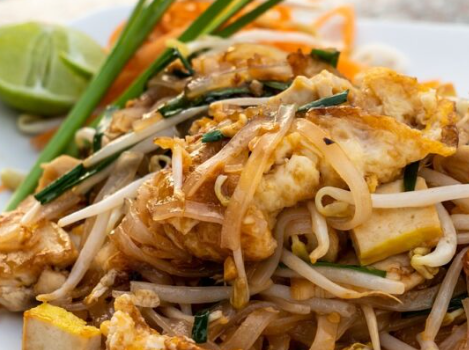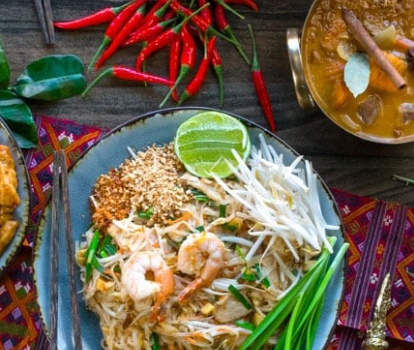
Macau, with its rich blend of Portuguese and Chinese influences, offers a diverse array of street foods. While Macanese cuisine is a fusion of these two cultures, the street food scene is where you’ll find a mix of quick, delicious snacks that are easy to grab on the go. These bites are perfect for short visits, especially for travelers who might only be in the area for a weekend or a day trip from nearby Hong Kong or China. From sweet treats to savory delights, here are some of the best street foods in Macau that are worth seeking out.
Egg Tarts
Macau is famous for its egg tarts, and for good reason. While I’ve had my fair share of egg tarts before visiting, nothing quite compares to the first one I had in Macau. These tarts are in a league of their own, with their perfectly flaky crust and smooth, custard-like filling. Every morning, I found myself heading to the bakery for a fresh tart to start the day, and I’d often grab a few more for later. Even though these tarts can be found in touristy spots like near the Ruins of Saint Paul’s, they are absolutely worth the 10 MOP price tag.
Almond Cookies
While I’m not usually one for sweet snacks (unless it’s egg tarts), Macau’s almond cookies are definitely worth a try. These cookies are light, crumbly, and melt in your mouth. They’re popular as gifts or souvenirs, so you’ll see them being sold all over the tourist areas. One of the best places to find them is Koi Kei, a well-known shop throughout Macau. Though I’ve never actually bought them, I’ve sampled enough of the free samples handed out to get a good sense of their flavor.
Sweet Pork Jerky
Macau’s sweet pork jerky is another snack that’s easy to find around the city. This jerky comes in a variety of flavors, including the classic sweet version and more adventurous options like pork loin with abalone sauce. Personally, I love the spicy chili pork jerky, which is packed with flavor. Koi Kei again offers free samples of these, making it hard not to indulge. If you decide to buy, expect to pay around 80 MOP for a slab of jerky.
The Pork Chop Bun
This simple but delicious snack is exactly what it sounds like—a juicy pork chop served in a bun. While it’s not the most complex dish, the pork chop bun is one of those snacks you crave when you need something quick and satisfying. The price ranges from 25 to 35 MOP depending on where you get it.
Durian Ice Cream
Durian, a fruit infamous for its strong smell, is a love-it-or-hate-it kind of thing. While I’ve had plenty of durian in Thailand, I hadn’t yet tried it in ice cream form until visiting Macau. The ice cream is far less pungent than the fruit itself, and the creamy texture makes for a surprisingly pleasant treat. The best place to try it is at McPherson’s Sweet Shoppe, near the Ruins of Saint Paul’s. Look for the mascot wearing a durian head!
Cantonese Curry
Curry is a popular dish in Hong Kong, and in Macau, it takes on its own twist with a variety of meats such as sausages, meatballs, and even beef offal. The beef offal curry, served in a little lane near Igreja da Sé Cathedral, is especially famous. If you’re a fan of rich, flavorful curries, this is a must-try. You’ll pay around 20 to 50 MOP depending on the size and the type of meat you choose.
Egg Waffles
Known by many names—egg puffs, bubble waffles, egglets—these griddled, egg-leavened waffles are a street food favorite in Macau and Hong Kong. They’re light and crispy on the outside, with a soft, chewy inside. While they’re often served plain, adding chocolate or ice cream takes them to the next level. At around 10 MOP, egg waffles are a quick snack that’s best enjoyed hot off the griddle.
Noodle Soups
While not typically a street snack, noodle soups are a personal favorite of mine. Macau offers a variety of noodle soups, some found at outdoor snack stands but most in cozy indoor spots. The soups range from mild to spicy, with many offering a nice balance of flavors. On my visit, I found some great noodle soup spots, where you can enjoy a hearty bowl for about 30 MOP.












